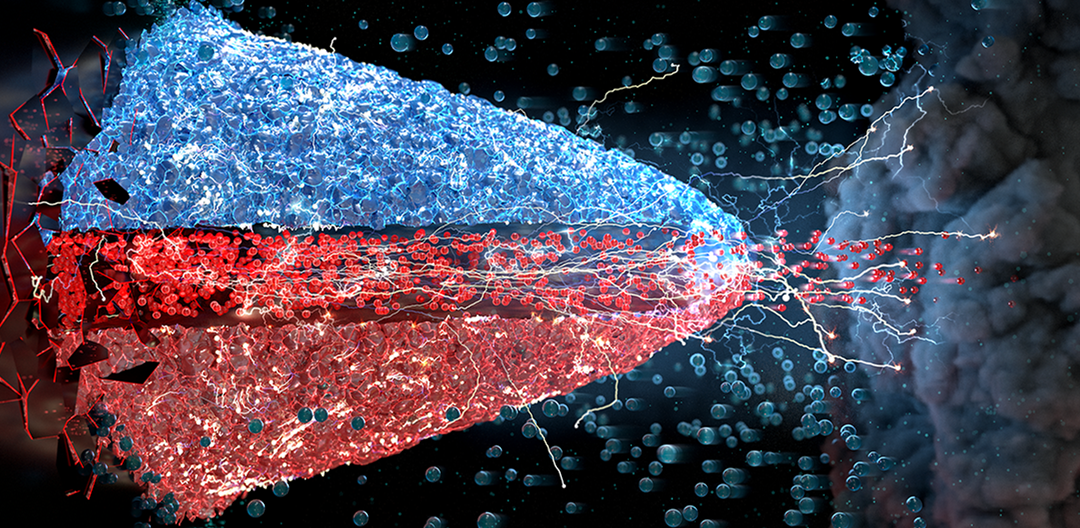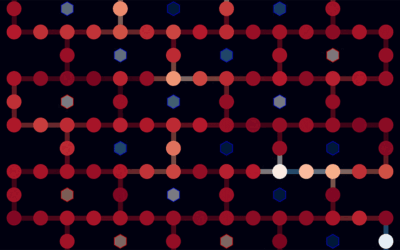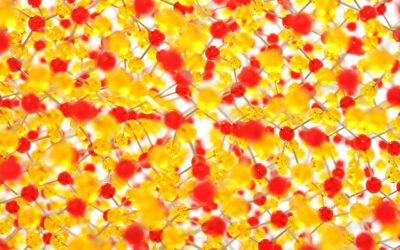Resistive switching occurs when a dielectric suddenly changes its resistance in the presence of a strong electric field. This phenomenon underpins the behavior of devices such as memristors and neuromorphic memories.
In Advanced Materials, Prof. Manfred Martin of Aachen University, Prof. Miyoung Kim of Seoul National University, and their co-workers shed light on the filament generation and rupture that enables resistive switching.
Working with strontium titanate, a standard model system, the team was able to identify and characterize the filaments using a variety of analytical techniques. They were also able to locate the grain boundaries at which these filaments form.
The filaments were found to be composed of a titanium-rich phase accompanied by a strontium oxide-rich Ruddlesden-Popper structure.
The characterization of these filaments gave significant insight into the mechanisms of their formation and rupture. Formation is driven by electrochemical polarization and consequent reduced local oxygen activity, while rupture is a result of the high temperatures caused by large, localized current density, which facilitates oxidation of the filaments.
Understanding the mechanisms that underpin resistive switching would enable greater control over the engineering of devices such as memristors and neuromorphic memories.
To find out more about the mechanism of resistive switching, please visit the Advanced Materials homepage.

















